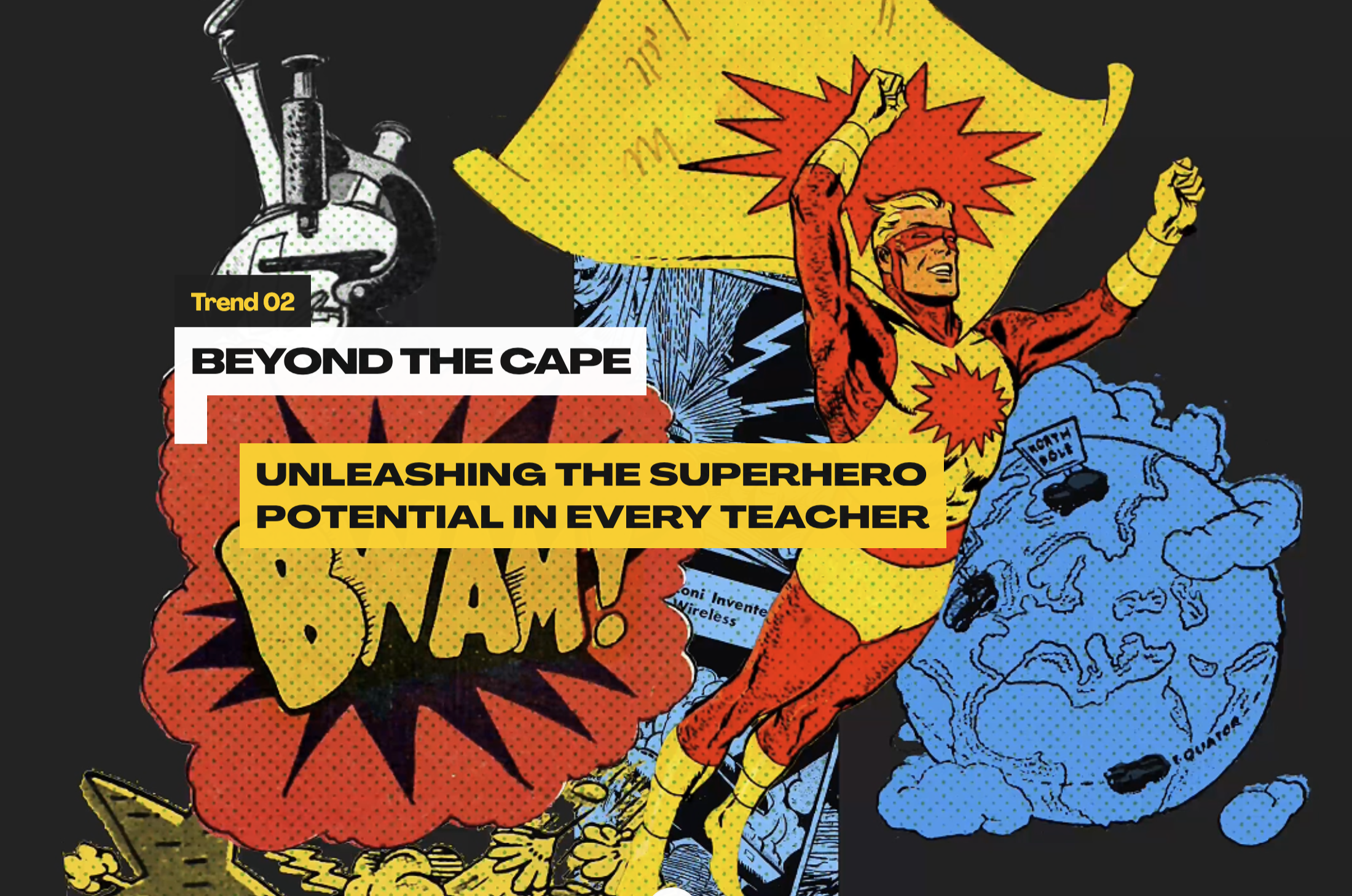Educational Trends 2024
Educational Trends Report 2024
Sora Schools Educational Trends 2024 highlights key trends reshaping the educational landscape, driven by technological advancements and evolving learners’ needs. These trends point toward a more personalized, flexible, and tech-integrated approach to learning.
The 2024 report outlines several transformative trends shaping the future of education, influenced by rapid technological advancements and changing learners’ needs. These trends are set to redefine the educational landscape by enhancing personalized learning, reshaping the role of teachers, and integrating cutting-edge technologies like AI, VR, and AR.
AI in Education: From Foe to Friend
AI has become a vital part of education, automating tasks like grading and enhancing personalized learning. It helps create adaptive learning experiences tailored to each student's needs, increasing engagement and retention. A survey shows 76% of families support AI in education, believing it will enhance quality and free up teachers for more meaningful interactions. While AI offers many benefits, addressing ethical issues like bias remains crucial.
Beyond the cape: Unleashing the Superhero Potential in Teachers
AI is liberating teachers from administrative burdens, allowing them to focus on deeper, more meaningful teaching. With AI handling routine tasks, teachers are now able to act more as coaches, personalizing learning experiences and fostering creativity. This shift is empowering teachers to engage more with students and unlock their full potential.
VR/AR: Breaking Free from Classroom Walls
Virtual Reality (VR) and Augmented Reality (AR) are revolutionizing education by offering immersive learning experiences. Students can conduct experiments or explore historical events in virtual environments, making learning more interactive. While the cost and infrastructure remain challenges, these technologies are expected to become more affordable, making education more engaging and accessible.
The Expansion of School Choice and Education Savings Accounts (ESAs)
Education Savings Accounts (ESAs) are giving families more control over their children’s education, allowing them to use public funds for private schools, online programs, or tutoring. This trend moves education away from a one-size-fits-all model, giving families the flexibility to choose what works best for their children. As this trend grows, it also raises questions about its impact on public education.
The Rise of Cross-Disciplinary and Project-Based Learning
Cross-disciplinary and project-based learning is becoming more popular as it encourages students to explore real-world problems through multiple subjects. This approach fosters critical thinking, creativity, and collaboration. Surveys show that 96% of families prefer project-based learning because it makes education more relevant and engaging, preparing students for future challenges.
The Renaissance of Learning Management Systems (LMS)
Learning Management Systems (LMS) are evolving to focus on student-centered learning. Platforms like Sora Home allow personalized learning journeys and better communication between students, teachers, and parents. Families believe that well-designed LMS platforms improve learning experiences, but the challenge remains in integrating these advanced systems into existing infrastructures.
——————————————————————————————————————————————————————






